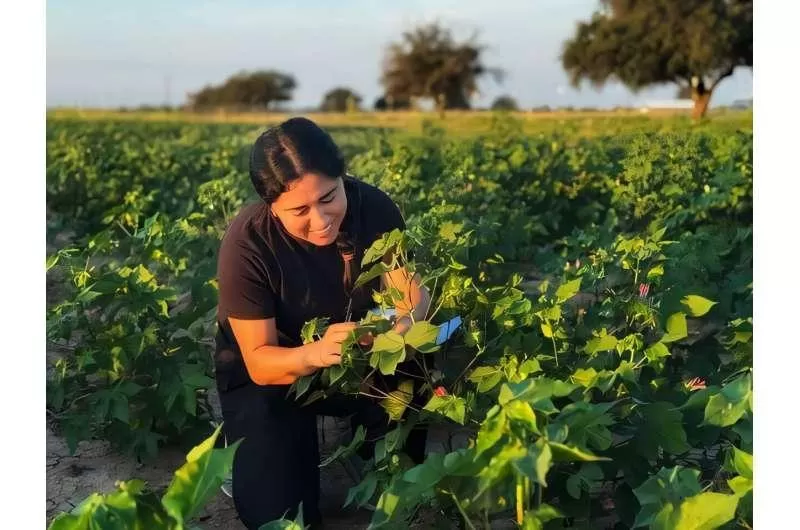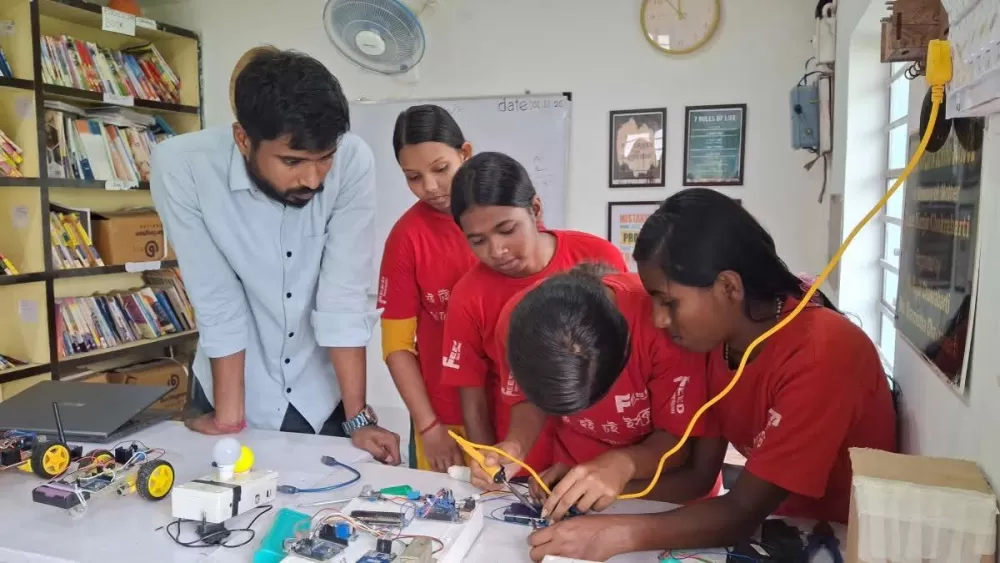The DNA of Survival: Rewriting Humanity's Food Story Through Genomics
Share- Nishadil
- November 06, 2025
- 0 Comments
- 3 minutes read
- 24 Views

Genomics: Unlocking Life's Code to Feed a Hungry Planet
As climate change bites and populations soar, scientists are turning to the very blueprint of life—genomics—to secure our food supply. It's a race against time, but one we're starting to win, gene by gene.
Honestly, the future of our food supply—you could say the very stability of our plates—feels, at times, precarious. We live in an era where the global population continues its relentless climb, while climate change, with its unpredictable whims, throws ever-more severe droughts, floods, and new, aggressive pests at our agricultural systems. It’s a profound challenge, perhaps one of the most significant humanity faces, and for a long time, the solutions seemed as vast and complex as the problem itself.
But what if the answer wasn't about simply farming harder, but farming smarter? And what if that intelligence came, quite literally, from the very blueprint of life? Yes, we’re talking about genomics. This isn’t some abstract scientific jargon; in truth, it’s emerging as a truly crucial tool, a powerful ally in our ongoing quest to secure enough food for everyone, everywhere.
Think about it: the ability to understand, to read, and even to edit the genetic code of plants and animals – that’s nothing short of revolutionary. It allows scientists to peer into the very essence of what makes a crop resilient to drought, or what gives livestock the edge against disease. We're talking about precision, an almost surgical approach, that traditional breeding methods, though valuable, simply can't match.
And the implications? They're frankly breathtaking. With genomic tools, researchers can identify the specific genes responsible for, say, disease resistance in a potato, or enhanced nutritional value in a grain. Then, using advanced techniques like CRISPR, they can introduce these beneficial traits with unparalleled accuracy and speed. No longer do we have to wait generations for desirable characteristics to appear through laborious cross-breeding. Instead, we can accelerate the process, bringing vital new varieties to farmers and consumers in a fraction of the time.
Consider the stark realities we face: fields parched by unseasonal heat, crops decimated by novel pathogens, and soils depleted by unsustainable practices. Genomics offers a beacon of hope in this landscape. It means developing crops that can thrive with less water, withstand harsher temperatures, or naturally repel pests—reducing the reliance on chemical pesticides, which is, let's be honest, good for both the environment and our health. And it means livestock that are healthier, more productive, and less susceptible to the devastating outbreaks that can cripple food systems.
It's not just about more food, mind you; it's about better food. Imagine staple crops with increased vitamins, or fruits engineered to last longer, reducing waste. The beauty of this approach lies in its inherent sustainability, its capacity to optimize resource use, and its potential to build truly resilient food systems that can absorb the shocks of a changing world. So, while the challenges ahead are undeniably immense, the quiet, painstaking work in genomics labs today might just be the most potent ingredient in humanity's recipe for a well-fed tomorrow. And for once, that feels like a future we can truly nourish.
Disclaimer: This article was generated in part using artificial intelligence and may contain errors or omissions. The content is provided for informational purposes only and does not constitute professional advice. We makes no representations or warranties regarding its accuracy, completeness, or reliability. Readers are advised to verify the information independently before relying on







